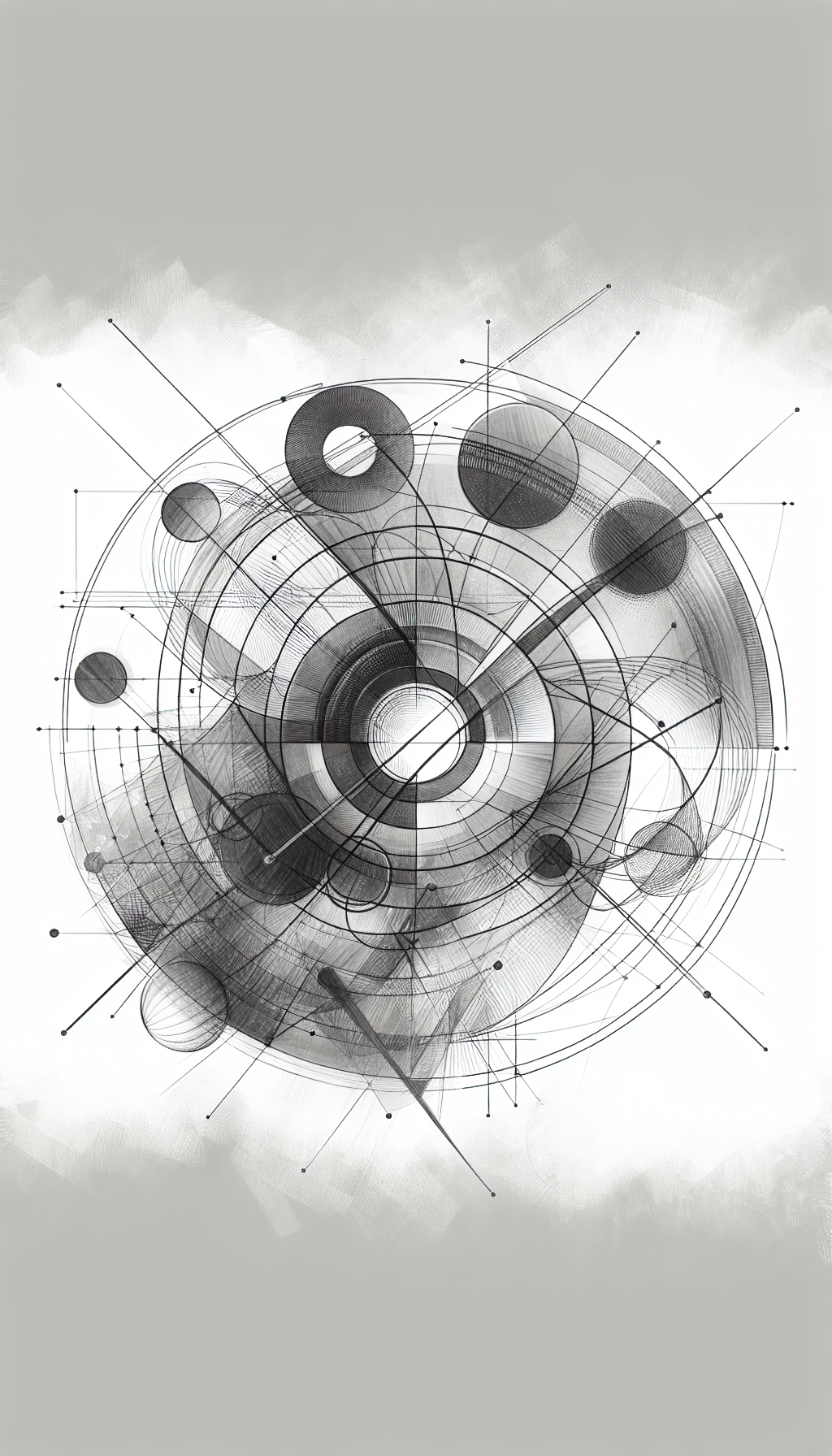Interdisciplinary approaches are increasingly recognized as essential tools in addressing complex problems in today’s fast-paced, technologically advanced world. The myriad challenges we face – from tackling climate change to developing next-generation technologies – cannot be solved in isolation by individual disciplines. They require a more integrated, collaborative approach that pulls knowledge and expertise from various fields.
Interdisciplinary approaches draw on multiple disciplines, integrating their insights to produce a more comprehensive understanding of issues at hand. Whether it’s a doctor collaborating with a social worker to address a patient’s health, an economist working with an environmental scientist to tackle sustainable development, or a computer scientist teaming up with a psychologist to create user-friendly software, interdisciplinary efforts are at the forefront of innovation.
The rise of interdisciplinary approaches can be attributed to the increasing complexity and interconnectedness of the world. Problems are rarely siloed within one field; they often span several domains and require a multifaceted understanding. By pulling together different disciplines, we can approach these complex issues from a more holistic perspective, ensuring a more robust and effective solution.
A prime example of this is the healthcare sector where interdisciplinary approaches are more prevalent than ever. Healthcare professionals are realizing that patient care isn’t just about prescribing the right medication; it’s also about considering social factors like a patient’s living conditions, mental health, and lifestyle habits.
It’s about a cardiologist working alongside a nutritionist and a psychologist to provide a complete health solution. This approach, known as social determinants of health, has proven to significantly improve patient outcomes and reduce healthcare costs.
In the realm of technology, interdisciplinary approaches are equally vital. Tech companies are increasingly seeking employees with diverse backgrounds—not just computer engineers, but also artists, designers, sociologists, and psychologists. By integrating these different perspectives, companies can design technologies that are not only functionally advanced but also socially and ethically conscious.
Interdisciplinary approaches also foster innovation and creativity. By stepping outside of one’s disciplinary silo and engaging with others, individuals get exposed to diverse perspectives and methodologies.
This cross-fertilization of ideas can spark creativity, leading to more innovative solutions and discoveries.
Despite the clear benefits, implementing interdisciplinary approaches is not without challenges.
It requires breaking down traditional disciplinary boundaries and cultivating a culture of collaboration. It necessitates robust communication skills, mutual respect, and a willingness to learn from others. However, the potential rewards are immense — better problem-solving, increased innovation, and more sustainable solutions.
In today’s complex world, we can no longer afford to tackle problems from a single disciplinary lens.

The issues we face are multifaceted, and so should be our approaches. By embracing interdisciplinary approaches, we can harness the collective wisdom of multiple fields, paving the way for a more innovative, inclusive, and sustainable future.
While interdisciplinary approaches are not the panacea for all problems, they offer a promising path forward. It’s high time we break down disciplinary silos and leverage the power of interdisciplinary thinking in problem-solving. The future of innovation, sustainability, and societal progress depends on it.